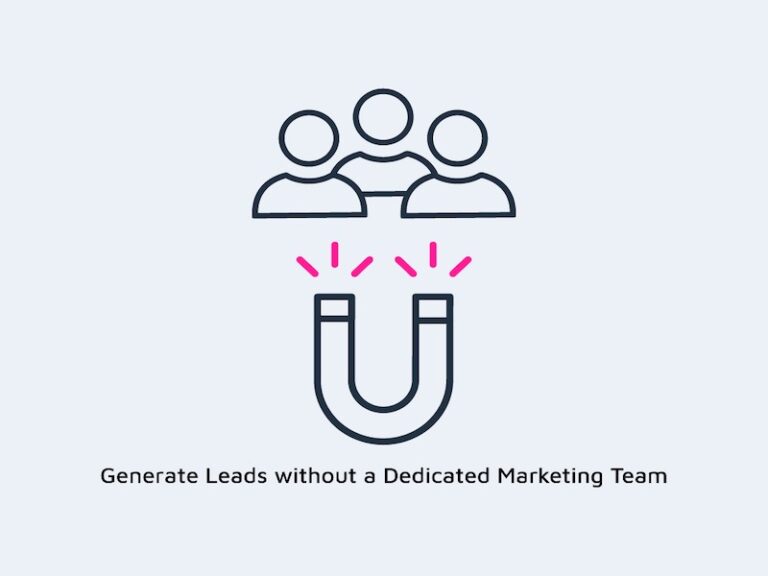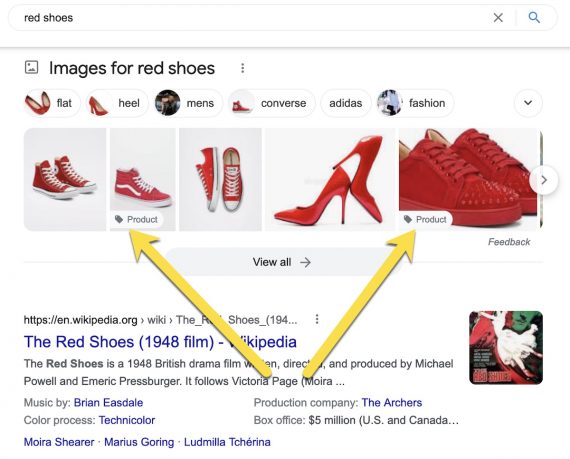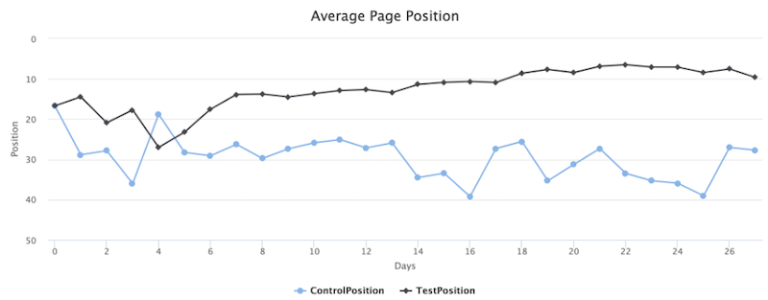First things first, what is last-click attribution (the method Google currently utilizes)? Last-click attribution, according to Google, gives all credit for a conversion to the last-clicked ad and corresponding keyword. Advertisers use this method of measurement to track the performance of campaigns, but while it can be good for those who converted at the bottom of the funnel, it doesn’t show the full picture of the consumer journey. Enter: Data-Driven Attribution (DDA).
But, what’s the difference between last click attribution and data-driven attribution? We’ll break down the ins and outs of this update, why it’s important, and what you can do to prepare for this change.
Google is saying goodbye to last-click attribution, but what does that mean for the future of measurement? What is the alternative for advertisers? All valid questions. But the first question we need to ask is, why are these changes happening in the first place?
Google Analytics 4 (formerly known as “App + Web”) is Google’s latest analytics platform and I encourage you to implement this new system as soon as possible. In the future, DDA will only be accessible through GA4, so now’s the time to get it up and running for your business.
Google Analytics 4 (formerly known as “App + Web”) is Google’s latest analytics platform and I encourage you to implement this new system as soon as possible. In the future, DDA will only be accessible through GA4, so now’s the time to get it up and running for your business. — Vidhya Srinivasan, VP/GM Buying, Analytics and Measurement, Google Ads
“This move towards DDA provides a better look into the visibility of the full purchase funnel. From what we’ve seen, the change has added supporting data to higher funnel touchpoints (which led to a down funnel conversion). While we historically may have paused those top funnel ads that weren’t converting, the extended view allows us to see what started the journey and what finished it. This move encourages advertisers to move away from the “direct mail” view of SEM (where everything is 1:1) and move towards, well, being better marketers.”
Don’t be surprised if your numbers fluctuate with this update. For example, your revenue might go up but return on ad spend might go down. There’s undoubtedly going to be some changes in your metrics so make sure to prepare for those changes during this update. Privacy has been the theme of 2021, and that theme will likely continue for many years to come. Customers want their privacy respected and advertisers have had to make pivots to put those customers first. In response to recent privacy updates, Google announced on September 27th their plan to switch their default method of measuring from last-click attribution to “data-driven” attribution modeling.
Things to consider…
“While Google Ads offers data-driven attribution, some advertisers haven’t been able to use it due to minimum data requirements or unsupported conversion types. To help all advertisers take advantage of better attribution and improve their performance, we’re removing the data requirements and adding support for additional types of conversions.”
“Conversion modeling powered by machine learning allows you to preserve measurement even when cookies or other identifiers aren’t present. Data-driven attribution in Google Ads takes this a step further. It uses advanced machine learning to more accurately understand how each marketing touchpoint contributed to a conversion, all while respecting user privacy.”
With this change, Google announced that they are also adding support for additional conversion types, including in-app and offline conversions, rather than just Search, Shopping, Display and YouTube ads.
It’s important to know that this is a big change in the measurement landscape. Be prepared to have internal conversations with your teams and leadership about what this change means and the new ways you’ll have to measure success in the future.
Know Your Numbers Will Change Analyze Your Current Data — Aaron Levy, Head of Paid Search at Tinuiti
— Vidhya Srinivasan, VP/GM Buying, Analytics and Measurement, Google Ads
Andrew Richardson, SVP of Analytics & Marketing Science at Tinuiti shares five things advertisers need to consider when it comes to Google’s move to default data-driven attribution.
As we covered, Google rolled out DDA as the default method of measurement last month for all new conversion actions, so it’s important to start testing sooner rather than later. Existing conversion actions will be migrating over in the near future, and while Google will give plenty of warning, it’s important to stay ahead of the game with proper testing.
What happens next?
Google has the ability to let you pull conversion data into its platform to increase the strength and accuracy of DDA over time. It’s important to remember, the more data we feed these models, the more we are going to be able to use that data to our advantage. Take a deeper look at what data you have access to and determine which pieces you want to pull to give to Google.
If you’d like more information on this update from Google, contact our team today.
Implement Google Analytics 4
— Andrew Richardson, SVP of Analytics & Marketing Science at Tinuiti
Make sure you’re in sync with data-driven attribution before last click goes “bye, bye, bye.” According to Google’s definition, data-driven attribution “gives credit for conversions based on how people engage with your various ads and decide to become your customers. It uses data from your account to determine which keywords, ads, and campaigns have the greatest impact on your business goals. Data-driven attribution looks at website, store visit, and Google Analytics conversions from Search (including Shopping), YouTube, and Display ads.” In other words, DDA gives advertisers a more holistic view of the consumer journey and highlights the many marketing moments that led to conversion, not just what was last clicked.



![Google Smart Shopping Campaigns: Performance, Pros & Cons, and When to Use [2021 Update]](https://research-institute.org/wp-content/uploads/2021/04/what-to-know-before-you-sell-your-small-business-768x432.png)


